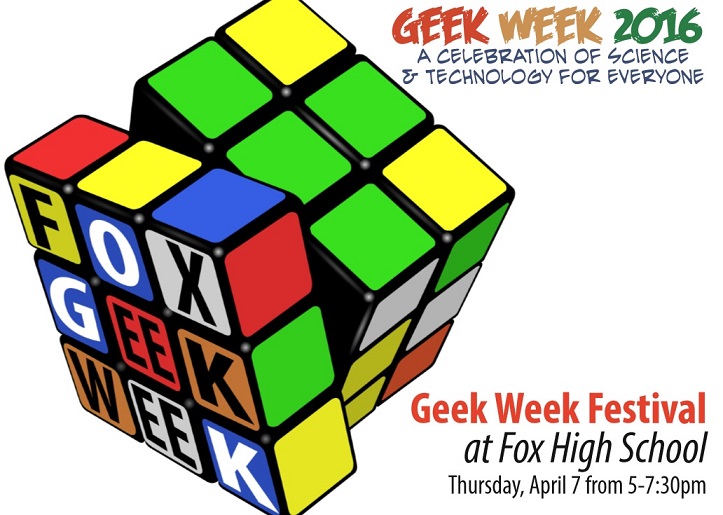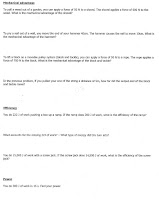The astronomy test (the final) will be bumped to next semester; I was planning on spending at least 1.5 more weeks on content there so it will be your first test next semester.
Plan on just taking your cumulative exam on the day the final was scheduled for.
Also, please bring your composition book to class when you come in this week; I would like to add in lab points for all classes and give grades a bit of a boost. ;)
Eclipse data:
What this means: we will see the (full) moon rise in the early evening. As the moon's revolution around the Earth is on a ~25 hour cycle, the moon gets a little farther "behind" the sun's apparent path in the sky a bit every day. As it lags behind the sun on Monday night, the moon will fall behind part of Earth's shadow (its Penumbra) and then its Umbra (total shadow, where there is no straight -line path for light between any part of the Sun and the Moon).
--> This doesn't mean that the Moon will be completely black though, as is the case with the Earth during a solar eclipse. The difference is that the Moon has no atmosphere, and the Earth does.
We'll get to the reason later, but when light passes through Earth's atmosphere at an angle, it gets bent inward and kind of wraps part way around the Earth. This is why we experience the effect of dusk - it's not a sudden darkening or brightening of the Earth at sunrise or sunset.
Anyhow, some light gets bent around the Earth and will hit the Moon. The cool thing is that this light passes a LONG way through Earth's atmosphere and most colors of light get scattered by our atmosphere along the way (the high energy ones, toward the blue/violet end of the spectrum). At the other end, the light that gets scattered the least is... you guessed it, Red! (ROYGBIV) This dim red light will manage to get bent around the Earth, other colors get mainly filtered out by scattering, and we'll see the Moon lit by a dim red glow, less and less as the Moon is closest to the center of Earth's Umbra.
When do I look? Technically, the eclipse will begin being visible at around 11:30 PM but 12:30am marks when the moon will start entering the Earth's Umbra and getting noticeably darker. The moon will be totally within the Earth's umbra from about 1:45 to 2:45am, and will be at greatest eclipse (darkest and closest to the center of the Earth's umbra) at 2:15am. By about 5am, the moon will have passed completely out of Earth's penumbra and will appear normal again.




